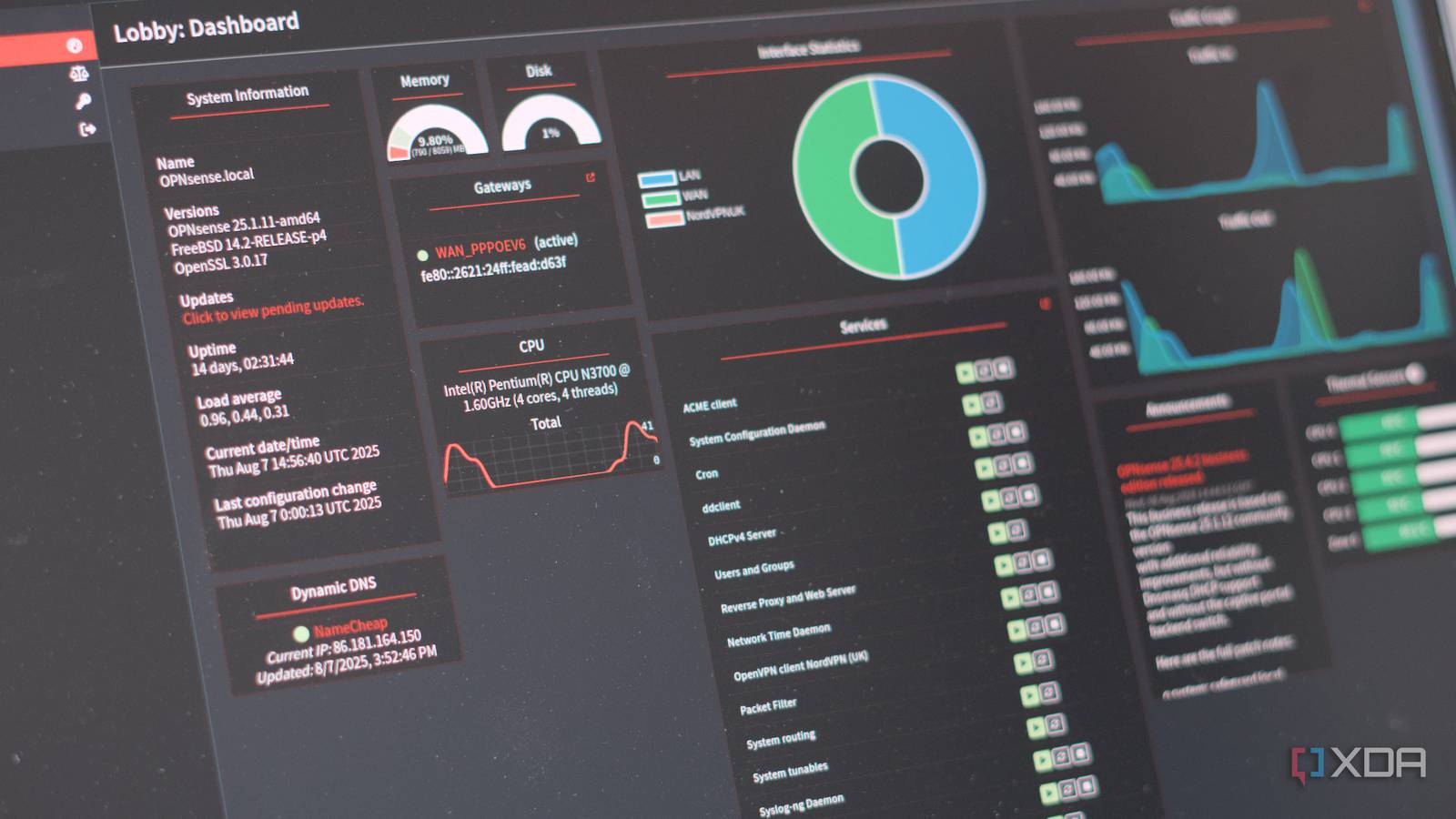McWhorter polled consumers, who indicated that they’d prefer contour bottles over straight-walled ones by a margin of five to one.
Younger consumers saw the bottle as modern and different, while older people who remembered the shape associated it with quality. Consumer interest confirmed, Ivester wanted not just a plastic replica of the glass bottle, but a much larger version. Over the years, Coke had steadily increased the sizes of its fountain drinks. A large soda now stood at 20 ounces, a full 4 ounces bigger than the previous iteration. “We were really training consumers at that time to drink more and more,” says McWhorter.
Coke didn’t have to charge consumers much more because the profit margin on fountain soda was so much higher than on bottles and cans. The huge fountain sodas paved the way for the company to slowly but surely reshape consumer expectations, creating a thirst among Americans for larger amounts of soda, across every packaging type.
“The consumers just ordered a large,” explains McWhorter. “They didn’t know whether it had 16 ounces or 20 ounces in it. For us, the thinking was, ‘We sell more, we make more, so let’s size up.’”
Ivester instructed McWhorter to find a way to make a 20-ounce plastic bottle that looked like the original 6.5-ounce glass one without compromising the design’s integrity.
But sizing up was looking expensive. For one thing, the bottle manufacturers needed to use extra plastic to give the curvy bottle added reinforcement. Curvy bottles also couldn’t be blown as quickly as straight ones. The bottles wobbled on filling lines. Bottlers trialling them pumped in just 10 percent of the liquid they usually filled in a day. Modifying the filling equipment could cost a bottler between $1 million and $2 million. Yet the payoffs were uncertain, and Coke’s recent track record was anything but reassuring.
Ivester had only recently pushed bottlers to get behind a clear, sugar-free soda intended to compete with a clear, colorless Pepsi. Coke called it Tab Clear and Ivester told reporters the product would be “marketed for what it is: a study in contradictions.” But the marketing confused people. They didn’t recall the ads. The key message—that Tab Clear had a “mysterious flavor”—didn’t resonate. Tab Clear’s many critics said it looked like lemonade but tasted like weak cola. By late 1993, about a year after Tab Clear’s launch, Goizueta was hinting that the product was dead.
“We were going into an environment where bottlers said, ‘Yeah, we’ve seen all this research from the company on how great things are going to be. We’ve done all this work, but it doesn’t pay off,’” says McWhorter.
To win over the bottlers, Ivester knew he needed to put his money where his mouth was. “Coke will loan you the money for the conversion of your lines,” he told them. “If you execute the marketing plan Susan and her team give you and don’t meet the target numbers, I’ll forgive those loans.”
Ivester was taking a gamble. Coca-Cola was ploughing tens of millions of dollars into modifying the bottlers’ lines, which meant the amount of soda it sold needed to jump significantly to cover the added costs.
In January 1993, Coke launched the plastic contour bottle in test markets in Alabama and Tennessee. Sales jumped 25 percent. “For more than 75 years, our contour bottle design has been the unparalleled symbol of quality,” Ivester said when announcing the launch. “The new 20-ounce package preserves that heritage while offering the convenience of a recyclable plastic package to today’s consumer.” The plastic contour bottle, the company told investors, will “invite consumers to drink more Coca-Cola, more often and in larger sizes.”
The Wall Street Journal dismissed the bottle as a “marketing gimmick,” in an article titled “New 20-Ounce, Plastic Version Is Trying to Be Nostalgic and Hip at the Same Time.” Unsurprisingly, Pepsi denigrated the bottle, telling the Journal: “The more nostalgic Coke gets, the more Pepsi looks progressive, from an image standpoint.”
.png)










 English (US) ·
English (US) ·